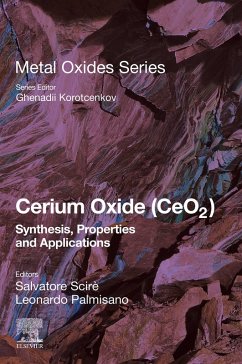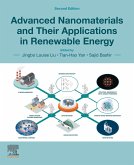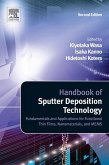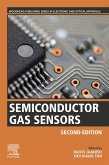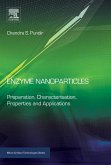Cerium Oxide (CeO2): Synthesis, Properties and Applications provides an updated and comprehensive account of the research in the field of cerium oxide based materials. The book is divided into three main blocks that deal with its properties, synthesis and applications. Special attention is devoted to the growing number of applications of ceria based materials, including their usage in industrial and environmental catalysis and photocatalysis, energy production and storage, sensors, cosmetics, radioprotection, glass technology, pigments, stainless steel and toxicology. A brief historical introduction gives users background, and a final chapter addresses future perspectives and outlooks to stimulate future research.
The book is intended for a wide audience, including students, academics and industrial researchers working in materials science, chemistry and physics.
The book is intended for a wide audience, including students, academics and industrial researchers working in materials science, chemistry and physics.
- Addresses a wide range of applications of ceria-based materials, including catalysis, energy production and storage, sensors, cosmetics and toxicology
- Provides the fundamentals of ceria-based materials, including synthesis methods, materials properties, toxicology and surface chemistry
- Includes nanostructured ceria-based materials and a discussion of future prospects and outlooks
Dieser Download kann aus rechtlichen Gründen nur mit Rechnungsadresse in A, B, BG, CY, CZ, D, DK, EW, E, FIN, F, GR, HR, H, IRL, I, LT, L, LR, M, NL, PL, P, R, S, SLO, SK ausgeliefert werden.

